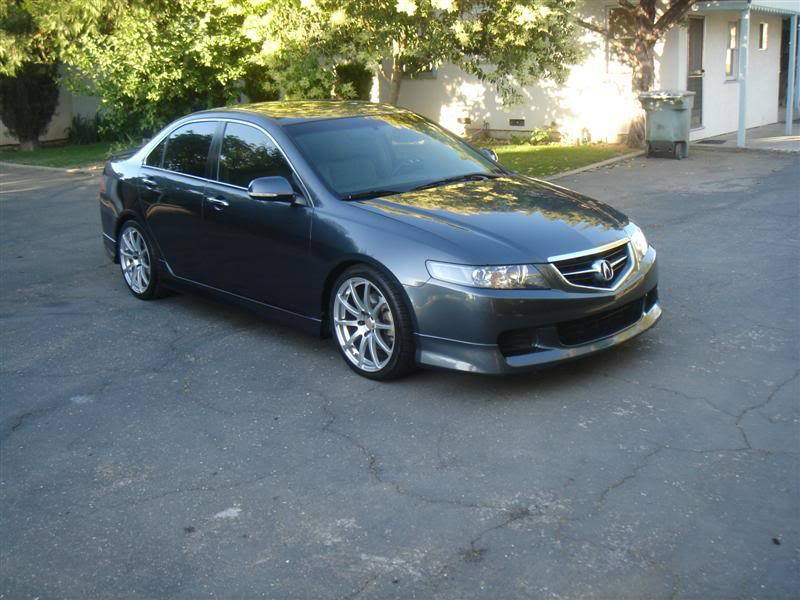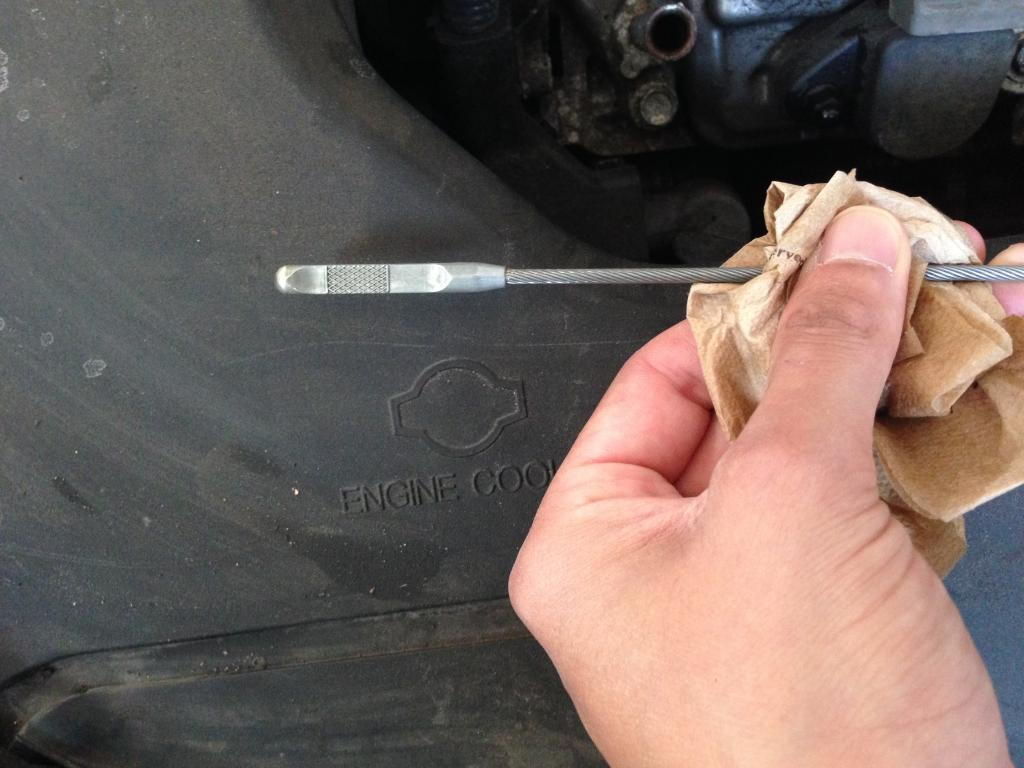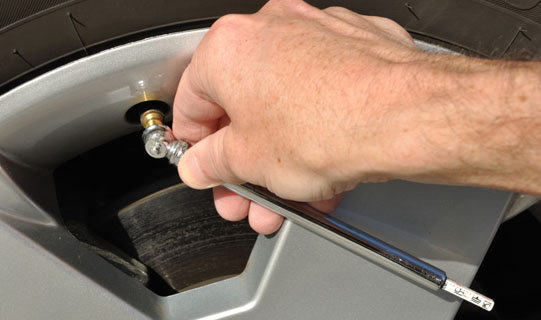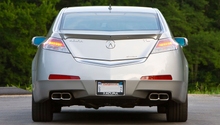Acura TSX 2004-2008: General Information and Recommended Maintenance Schedule
If you own an Acura TSX or are in the market for a used one, this guide will give you a brief summary on this car as well as what you can do to keep it running for a long time.
This article applies to the Acura TSX (2004-2008).
The first generation Acura TSX is a very popular car, and for good reasons. If you're in the market for a used Acura TSX, then you probably have some questions. What is the size of the engine? What are the different choices? In the guide below, we will go over the specifications of the Acura TSX and shine some light on the recommended maintenance. If you follow the maintenance guide below, you will ensure your TSX lives for a very long time.
Acura TSX
The first generation Acura TSX was an impressive version of the Honda Civic. It may have had some resemblance to the Civic, but it drove nothing like it. The Acura TSX combines a sporty feel and luxury. Of course, the first generation came with all the bells and whistles that you couldn't get on the Civic, making the interior much more luxurious and even roomier. There were complaints about the firm rear of the TSX, claiming it may be too sporty for what they had advertised.
The 2004 to 2008 Acura TSX features a 2.4L, 4 Cyl 6 speed manual, which gives you roughly 19/28 MPG. However, the automatic version of this vehicle offered the same engine, but only a 5 speed transmission, which gave about 20/28 MPG. If you're in the market for a comfortable, sporty car, this is a no-brainer.

Basic Maintenance
The basic maintenance happens every 5,000 miles, unless of course your car has well over 100,000 miles on it, then it's recommended you cut that down to 3,000 miles. The first and most important basic maintenance is the engine oil and its filter. It's critically important you replace the engine oil on time to prevent any internal damage to the engine's components.
The second important piece of maintenance is the engine air filter. The engine air filter works to filter the air going into the engine. When it gets dirty and even clogged, it restricts the air going into the engine, thus affecting its performance and fuel consumption. The factory recommends you rotate the wheels every 5,000 miles to get the most out of your tires.

30,000-Mile Intervals
Every 30,000 miles, the maintenance changes. The first thing you want to do when you hit this milestone is to replace the brake fluid; this allows the brake system to work at optimal performance. Since we're in the brake system, make sure to replace the brake pads if necessary, or else they could wear out your rotors. The rotors are to be replaced every second brake pad replacement.
You should flush the radiator's coolant every year, but if you haven't in the last year or two, this interval is the time to do it. While you're doing the 30,000-mile maintenance, do your transmission a favor a replace its fluid, especially if you have over 100,000 miles on your car. Replace the drive belt at this interval; however, you don't necessarily need to replace it if it looks good. If it's cracked, now is the time. Finally, if you want your car to perform like it should, it's critical you replace the spark plugs every 30,000 miles.

Self-Inspection
Although there is a schedule for your maintenance, there are no healthier cars than the ones that get inspected once a month. But before going to a mechanic to inspect it, we will show you what you need to do to save some money at the shop. Get into the habit of checking your dipstick which ensures that you never run low on engine oil and damage the inside of your engine. Also, get into another habit of checking the tire pressure on your Acura once a month; this can save you a lot of money on tires and even fuel. The recommended tire pressure can be found in the driver's door jamb. The more even it is in your four tires, the better gas mileage you will get. Inspect your shocks and bushings every six months to detect any issues and replace the problem before it damages other parts. Blown shocks will be accompanied with a leak.

Related Discussions
- Maintenance Schedule - Acurazine.com
- TSX Specifications - Acurazine.com






